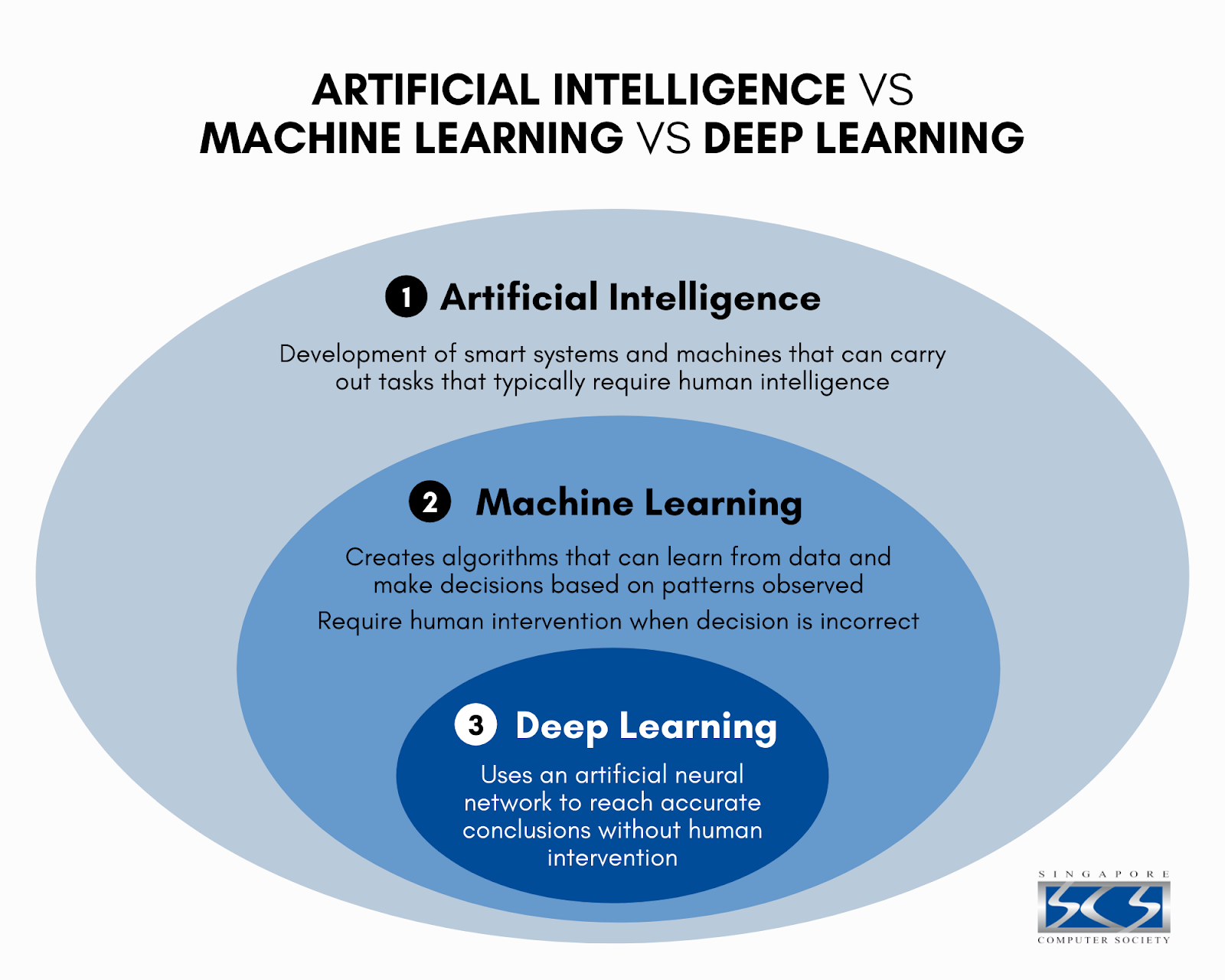Introduction
The world of artificial intelligence (AI) and machine learning is evolving at a breathtaking pace, with deep at the forefront of this revolution. If you’re new to the field and wondering what deep learning is all about, this beginner’s guide is your entry point into this fascinating world. We’ll unravel the basics, explore its significance, and provide you with a solid foundation to embark on your deep journey.
Understanding Deep Learning
Deep learning is a subset of machine learning, which is in turn a subset of artificial intelligence. At its core, deep involves training artificial neural networks to perform tasks, such as image recognition, language translation, and even playing games like chess or Go. The “deep” in deep refers to the numerous layers within these neural networks, known as deep neural networks.
Neural Networks: The Building Blocks
At the heart of deep are neural networks. These networks are inspired by the structure of the human brain, with layers of interconnected nodes, known as neurons. Each neuron processes information and passes it to the next layer, enabling complex computations.
- Input Layer: The first layer receives the data, whether it’s an image, text, or any other form of input.
- Hidden Layers: These intermediate layers process the data, extracting features and patterns.
- Output Layer: The final layer provides the network’s output, such as a classification or prediction.
Training a Neural Network
The magic of deep lies in the training process. This involves providing the neural network with labeled data, letting it make predictions, and then adjusting its internal parameters to reduce errors. This iterative process, known as backpropagation, continues until the network becomes proficient at its task.
Applications of Deep Learning
Deep learning has a wide range of applications, including:
- Image and Video Analysis: Recognizing objects, faces, and even emotions in images and videos.
- Natural Language Processing: Powering language translation, chatbots, and sentiment analysis.
- Autonomous Vehicles: Enabling self-driving cars to navigate and make decisions.
- Healthcare: Assisting in medical image analysis, disease detection, and drug discovery.
- Gaming: Enhancing AI opponents in video games and simulating realistic characters.
- Recommendation Systems: Personalizing content recommendations on platforms like Netflix and Amazon.
Why Deep Learning Matters
Deep learning matters because it has transformed the capabilities of machines. Unlike traditional programming, where explicit rules are defined, deep enables machines to learn patterns and make decisions independently. It has enabled breakthroughs in areas like computer vision, speech recognition, and natural language understanding.
Getting Started with Deep Learning
If you’re eager to dive into deep learning, here are some initial steps:
- Learn Python: Python is the preferred programming language for deep . Get comfortable with Python and libraries like NumPy and TensorFlow.
- Understand Linear Algebra: Deep learning involves a fair amount of linear algebra. A solid grasp of linear algebra concepts is beneficial.
- Explore Online Courses: Online platforms like Coursera, edX, and Udacity offer courses on deep and AI.
- Experiment with Code: Start with simple deep models and gradually move to more complex projects.
Conclusion
Deep learning is a captivating field with endless possibilities. This beginner’s guide is your first step towards understanding the fundamentals. As you continue your journey, you’ll uncover the limitless potential of deep and its ability to reshape our world through intelligent machines and systems. Whether you’re interested in computer vision, natural language processing, or other applications, the universe of deep awaits your exploration.
For more updates stay with boardofjobs.com


